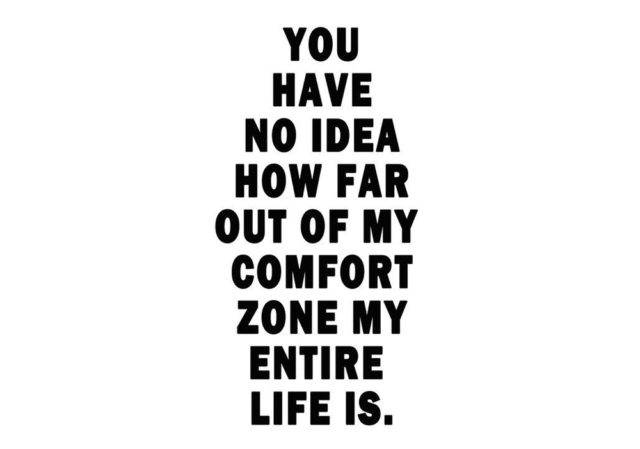To say that Rabbi Dr. Moshe David Tendler zt”l, who passed away on Sh’mini Atzeres, was a giant and a luminary in the synthesis of Torah and science is an understatement. He excelled and was a gaon in both. As the son-in-law of the greatest poseik of the latter half of the last century, Rav Moshe Feinstein zt”l, he was the perfect person to bridge the old and the new worlds into a harmonious whole.
I remember many conversations I had with him and cherish each and every one. He once told me that Halachah was not to make life “impossible.” It was to make life meaningful and fulfilling. I have carried this message throughout my own life. It has resonated with me wherever I might be. Rabbi Tendler told me this in reference to the status of not being able to see various insects or other organisms with the naked eye. Rabbi Tendler zt”l maintained that if one could not see them with 20/20 eyesight, then halachically they did not exist.
When I asked for help in choosing a medical school, Rabbi Tendler said one should go to the best medical school possible to become the best physician one could ever be. I followed his advice. Saving lives is always the priority.
He used to talk about how difficult it was for yeshivah students to face the world at large. It was a daunting task. His talmidim, of which I was one, had to prepare in a special way to confront the overwhelming and twisted modern-day culture. He used to compare a student of his to a baseball player who had to swing three or four bats (now they just use a weight) before getting up to the plate where only one bat could be used. The student had to prepare well religiously beforehand in order not to be swept up in the pulls and distractions of the modern world. It applies as much today as it did 50 years ago when I heard it from him directly.

I went on a number of trips to Israel with Rabbi Tendler. On one of our flights, I remember him telling me that the halachic discussion of going up on the Temple Mount revolved around an argument between the Rambam and the Raavad. The Rambam permitted going up and the Raavad did not. The Rambam, following his halachic opinion, visited the Temple Mount himself in 1165. It bears quoting the Rambam’s letter describing his visit at this juncture: “On the third day of the week, the fourth day of the month of MarCheshvan, in the year 4926 from the time of Creation, I left Acco and set out for Jerusalem, encountering many dangers along the way. I entered the “Great and Holy House” and prayed there on the fifth day of the week, the sixth of MarCheshvan.”
Rabbi Moshe Tendler ascended the Temple Mount on March 17, 2009. Rabbi Tendler maintained that much of the southern area of the Temple Mount was “landfill” placed by Herod to expand the Temple Mount’s platform to accommodate more people. There was no “intrinsic” k’dushah, as a result, to this area.
Rabbi Tendler was a great Zionist. In January 1991, we traveled to Israel on the eve of the first Gulf War on Operation Torah Shield I (funded by Dr. Irving Moskowitz z”l and Cherna Moskowitz) with 450 Yeshiva University students.
He joined me at the Israel Day Concert in Central Park in 2003 when Prime Minister Benjamin Netanyahu was the keynote speaker (see photos).
Rabbi Tendler inspired me and so many others to greater and greater heights. He was an exceptional rabbi and scientist. He was one of the most extraordinary Rabbis to have walked the face of the earth. He will be tremendously missed by all. His family should know of no further sorrow.
Dr. Joe Frager is Chairman of the Israel Advocacy Commission for the Rabbinical Alliance of America; Chairman of the Executive Committee of American Friends of Ateret Cohanim; Dean at Kollel Ayshel Avraham; Executive Vice President of the Israel Heritage Foundation; and a physician in practice for 41 years.













